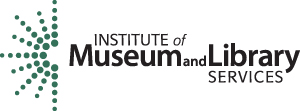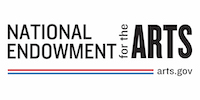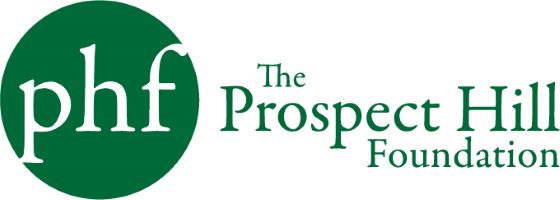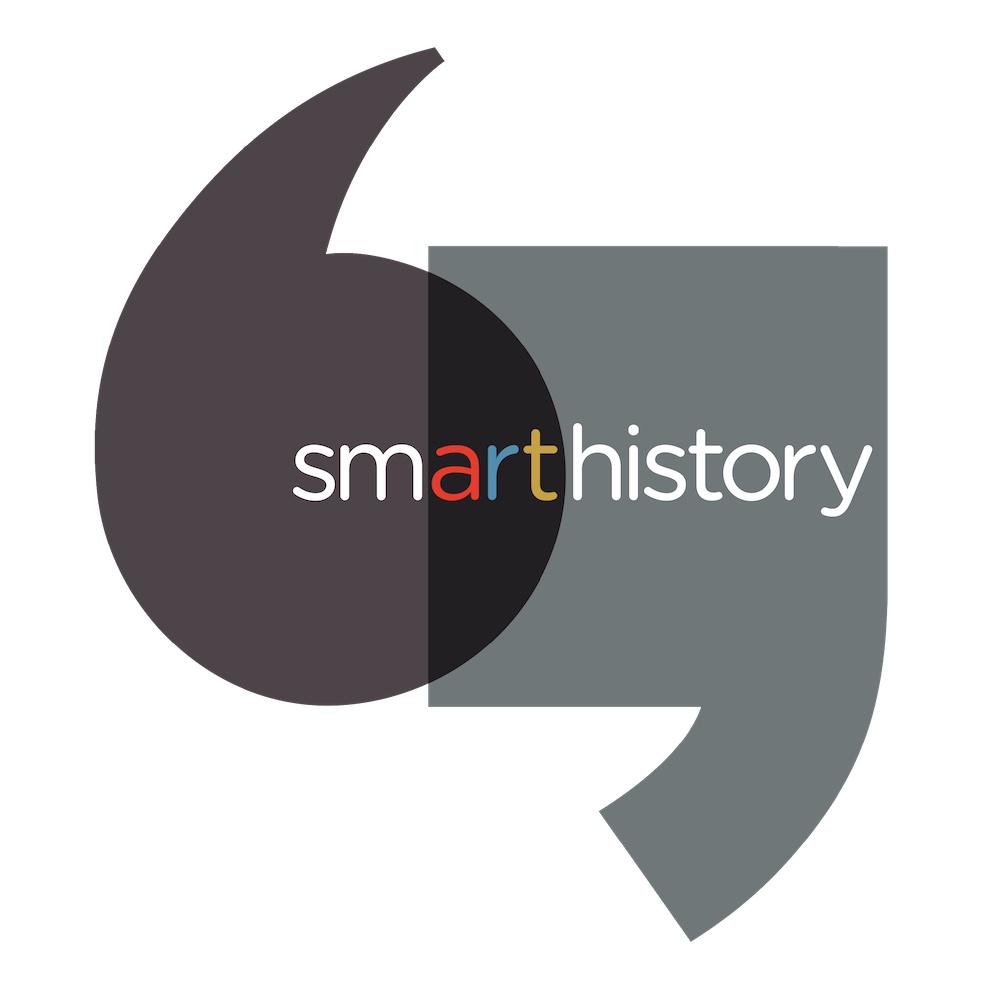
Rubin Museum senior curator Dr. Elena Pakhoutova and Smarthistory’s Dr. Steven Zucker take a look at an ornate handheld prayer wheel, a ritual object that is ubiquitous in Tibetan Buddhist culture. The action of turning a prayer wheel with conscious intent is believed to “recite” or “read” the mantras, activating and releasing them into the world for the benefit of all.
The Rubin Museum of Art has teamed up with Smarthistory to bring you an ‘up-close’ look at select objects from the Rubin’s preeminent collection of Himalayan art. Featuring conversations with senior curators and close-looking at art, this video series is an accessible introduction to the art and material culture of the Tibetan, Himalayan, and Inner Asian regions. Learn about the living traditions and art-making practices of the Himalayas from the past to today.
Learn more about prayer wheels on Project Himalayan Art, a resource from the Rubin for learning about Himalayan, Tibetan, and Inner Asian art and cultures:
Learn more about prayer wheels on Project Himalayan Art, a resource from the Rubin for learning about Himalayan, Tibetan, and Inner Asian art and cultures:
- Read about prayer wheels in “Accumulating Merit Every Day” by Elena Pakhoutova, senior curator at the Rubin Museum
- Learn more about the role of ritual objects in living traditions of the Himalayan region
- Take a closer look at this handheld prayer wheel from the Rubin’s collection on tour in our traveling exhibition, Gateway to Himalayan Art
This video was produced in partnership with Smarthistory.
Leadership support for Project Himalayan Art is provided by the Henry Luce Foundation.
Project Himalayan Art has been made possible in part by a major grant from The National Endowment for the Humanities: Democracy demands wisdom.
This project was made possible in part by the Institute of Museum and Library Services MA-253379-OMS-23.
This project is supported in part by the National Endowment for the Arts.
Lead support is provided by the Ellen Bayard Weedon Foundation, Bob and Lois Baylis, Barbara Bowman, the E. Rhodes & Leona B. Carpenter Foundation, Noah P. Dorsky, Fred Eychaner, Christopher J. Fussner, the Estate of Lisina M. Hoch, Lilly Endowment, Matt and Ann Nimetz, The Randleigh Foundation Trust, Shelley and Donald Rubin, and Jesse Smith and Annice Kenan.
Major support is provided by Daphne Hoch Cunningham and John Cunningham, Stephen and Sharon Davies, the Edward & Elizabeth Gardner Foundation, Mimi Gardner Gates, Hongwei Li, Max Meehan, the Monimos Foundation, Edward O’Neill, The Prospect Hill Foundation, Sarah and Craig Richardson, Rossi & Rossi, Basha Frost Rubin and Scott Grinsell, the Andrew Sabin Family Foundation, Namita and Arun Saraf, Eric and Alexandra Schoenberg, Eileen Caulfield Schwab, UOVO, Sandy Song Yan, and the Zhiguan Museum of Art.
Special support is provided by:
Dr. Bibhakar Sunder Shakya, to honor the memory and legacy of Professor Dina Bangdel, art historian, curator, cultural activist, and educator from Nepal.
Samphe and Tenzin Lhalungpa, to honor the memory and works of L.P. Lhalungpa, Tibetan scholar, broadcaster, and educator.






Any views, findings, conclusions, or recommendations expressed in this initiative do not necessarily represent those of the National Endowment for the Humanities.
The views, findings, conclusions or recommendations expressed in this project do not necessarily represent those of the Institute of Museum and Library Services.
